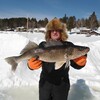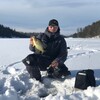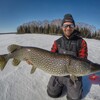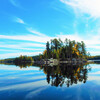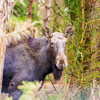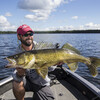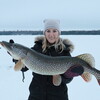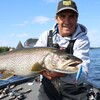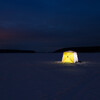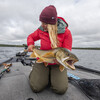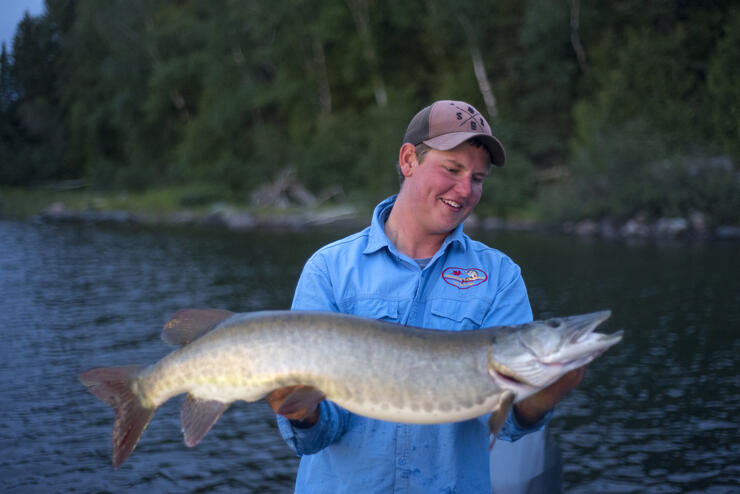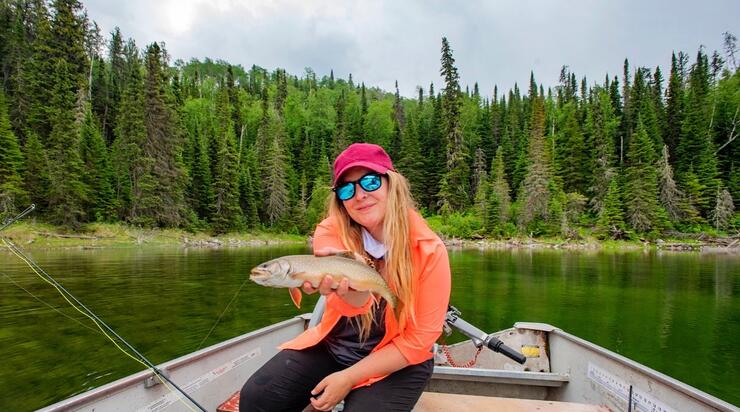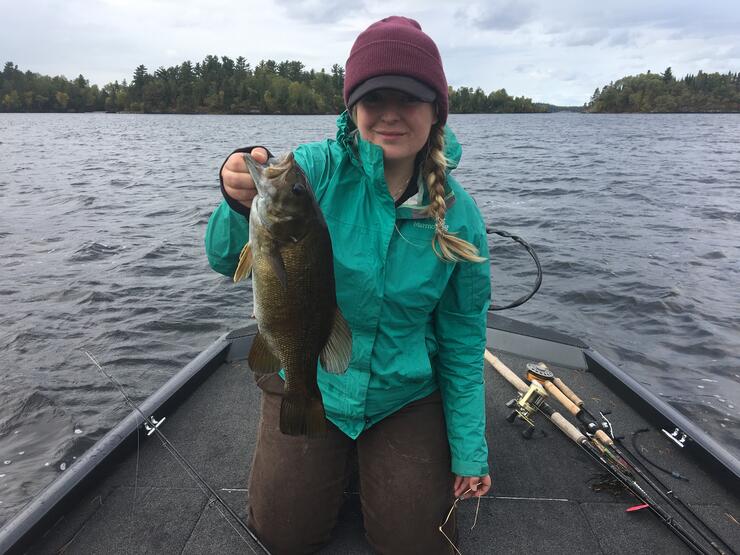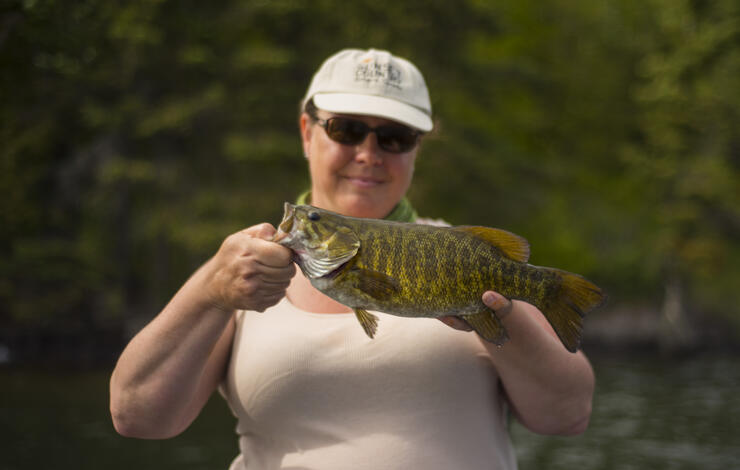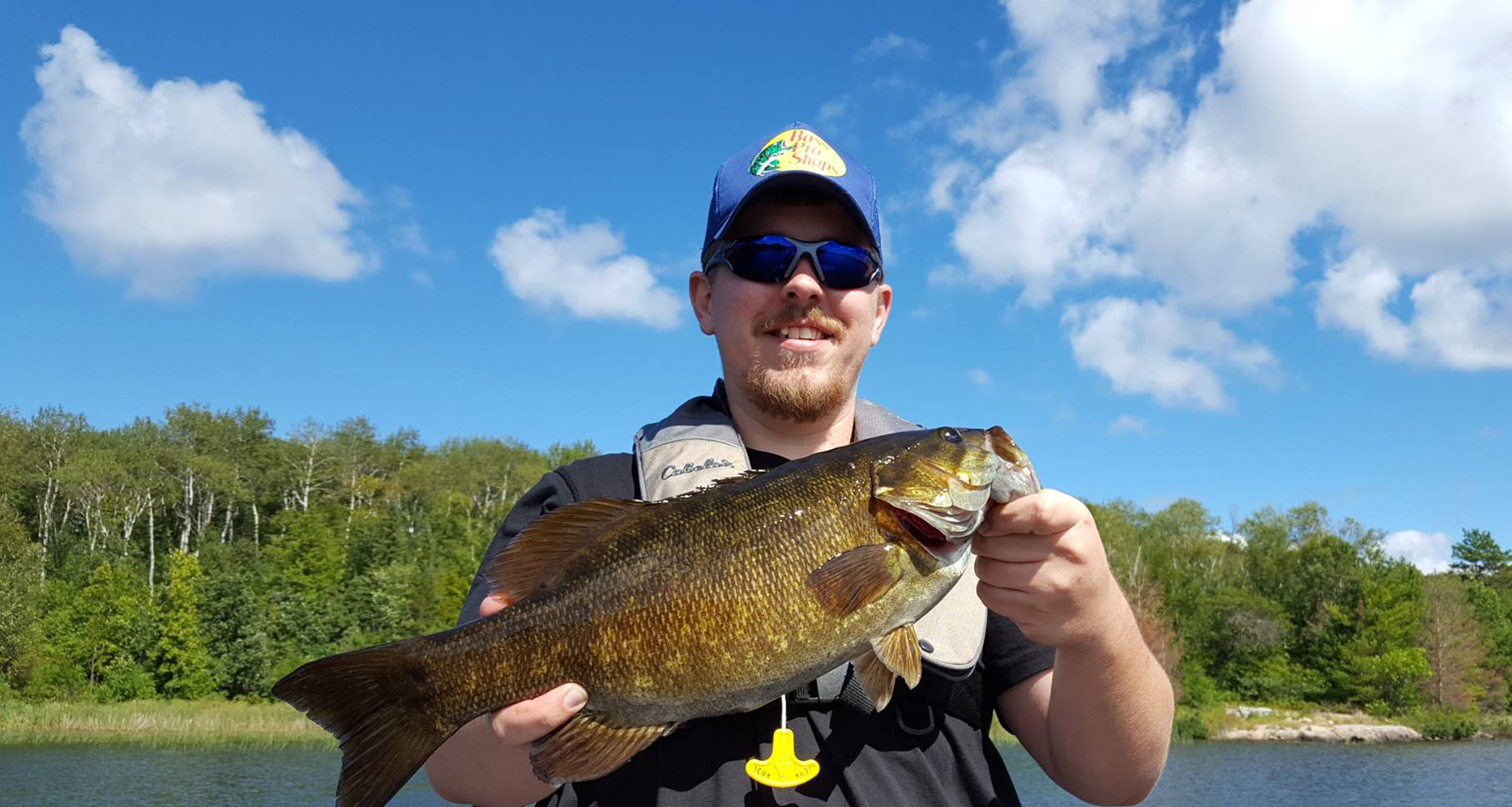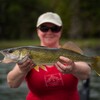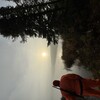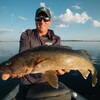How to Hold a Fish
There's a Right and a Wrong Way
There are several right ways to hold different species of fish, but there are sadly wrong ways as well. If you’re trying to accomplish catch and release, the proper holds are of utmost importance. Even if you’re keeping a fish for consumption, all fish species deserve some level of respect.
If you’re reading this article, odds are you’re willing and eager to learn more. An even more important part of proper handling is learning how to lessen your chances of injuring yourself.
It’s no secret that on today's internet, people are not shy when telling you all the wrong ways you’re doing something. It can feel like berating, but one thing avid anglers won’t pass up is a chance to educate you on improper fish handling.
To avoid critique, learn how to safely release a healthy fish, get a great photo while also avoiding injury, and give these holds below a try. For more information on landing and releasing fish, scroll to the bottom.
TAIL-HOLD
Species: Lake trout, walleye, brook trout, and pike or muskie under 35”(suggested)
Perhaps the simplest hold on fish, this hold works for toothy critters of a certain size class as well. If you have a significant arm span, by all means, hold fish larger than 35” this way; just expect that their weight is going to feel much more significant.
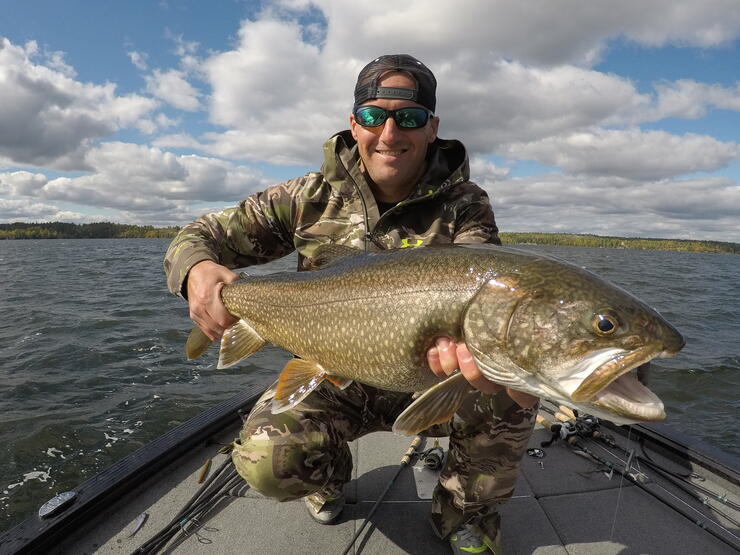
I find using my dominant hand on the tail works best—wrap your hand around the nook of the fish’s tail. This may feel tricky at first with pike, but once you find the nook the trick is not squeezing as hard as you would a lake trout, otherwise your hand will slip right off. Using your other arm and hand, support the fish’s weight between their pectorals (front fins).
This hold is fantastic for lake trout as they have a very strong tail, and you will maintain more control over their movement on the boat.
GILL-HOLD: Vertical
Species: Smaller class walleye, pike, and lake trout
With the vertical gill-hold, the emphasis is on small. Vertical gill holds should not be used on larger fish, for more reasons than their heads bearing most of the weight.
Large fish are extremely susceptible to vertical holds of any kind. Their organs just can’t take the gravity pulling on their loose organs, having always been suspended horizontally in the water.
The gill hold is simple, but it scares a lot of anglers, old and new, to have to put their hands into the fish's mouth. If done correctly, there is little to no worry at all about getting injured. Watch the video below to learn more about gill holds, and where it isn’t safe to put your hands. This can work on pike and trout alike.
GILL-HOLD: HORIZONTAL
Species: Larger class muskie, pike, walleye, and lake trout
This is a universal hold that every angler should be familiar with; when in doubt, you can use this hold and keep yourself and the fish safe. Even if you are holding smaller fish of these species, this is a great hold to make your go-to. The only species this hold is not necessary on is bass, lipping them is easiest!
Use the tactics above to slide your fingers before the first-gill plate against the fish’s bottom jaw, pinching with your thumb, your other arm supports the fish on the belly closest to the back fin before the tail.
I can’t stress enough how important this hold is, and should be practiced with most species that can’t be lipped, aka those who have teeth.
SINGLE HAND BELLY-HOLD
Species: Walleye, perch, bass, and small lake or brook trout
This hold is for the confident fish handlers and those who don’t mind if they don’t get a photo before the fish leaps back into the water.
It’s fairly self-explanatory: using one hand put four fingers under the belly of the fish, balancing it using your thumb behind. This is a good hold for quick snaps before the fish is released to swim another day! Don’t expect this to be the power or control hold like that of the horizontal gill hold or tail-holds.
LIP-HOLD VERTICAL
Species: Smallmouth, largemouth, perch, and crappie
It goes without saying the lip-hold shouldn’t be used on fish species that have teeth. So pike, muskie, walleye, and even trout are out of bounds for this. You’re safe with the different species of sun and panfish, like bass, perch, and crappie!
It also goes without saying that it’s a simple hold, so long as you don’t crank the fish’s head in an unnatural position. Keep the spine of the fish vertical only, and don’t lift on their bottom jaws at all.
LIP-HOLD HORIZONTAL
Species: Larger class smallmouth, largemouth, perch, and crappie
Read above, but hold the fish’s weight using your other hand on its belly to hold them horizontally. This is an effective hold for larger pan or sunfish you’d like to release nicely, as their weight won’t be working against them.
You’ll find with this hold even on smaller fish, they’ll swim away rather quickly!
UNHOOKING AND RELEASE
If at all possible, to keep yourself safer and the fish happier, unhook the fish while it's still in the net in the water. This is especially recommended for large fish such as muskies and big trout.
Once you have it unhooked and the lure free from the net, prepare yourself for the hold you need depending on the species. Before you lift the fish, have your camera ready!
A great tip when posing: hold your breath as soon as the fish leaves the water; that way, you're aware of when the fish needs to go back in the water, making sure your catch and release fish swim away strong.
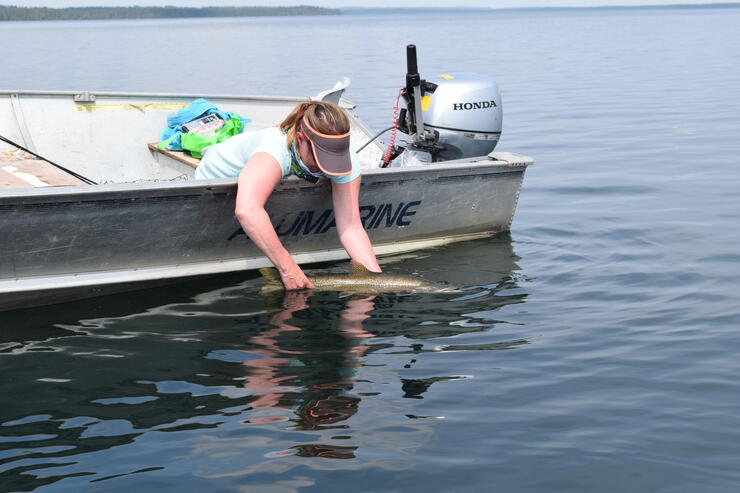
To release your fish, especially if it's a larger fish such as a muskie or big lake trout, be sure you hold onto the fish (easiest by the tail) horizontally, keeping it belly side down to help the fish catch its breath and swim away strong.
LEARN MORE
If you're not feeling confident enough to go out on your own to learn these holds, consider hiring a guide for a day. If you let your guide know what species you'd like to catch and learn how to handle, they can walk you through it. Hands-on is often the best way to pick up new skills, and fish handling is no different!
Recommended Articles

Is the 1,400 Kilometre Drive to Northwest Ontario For a Fishing Trip Worth it?
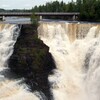
8 must-see waterfalls

6 Ways to Get Your 10,000 Steps This Fall

Top 5 Reasons You Should Be Fishing in Morson, Ontario

Discover The Winnipeg River

Enjoy Sunset Country's Fall Colours on Your Next Road Trip

Fishing in the Fall?

6 Reasons to Book a Fall Vacation to Sunset Country

10 Reasons to Avoid Ontario’s Sunset Country

Heading Across Canada?

A Guide to Sunset Country Museums
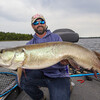
The Promised Land: Best Muskie Fishing in Ontario

Fall Fishing Tips
5 Essential Boreal Experiences in Ontario's Sunset Country

5 Obscure Facts About Northwestern Ontario: Were You Aware of These?

Great Food in Relatively Unknown Places
Outdoor Medicine

A Guide to Bringing Your Pets on Vacation to Canada

There's more than just fishing in the Red Lake Region

5 Amazing Sights You Can Only See By Boat

Going Fishing in Canada?

Going fishing in Ontario?

Outdoor Adventure in Ontario's Northern Paradise
Planning A Family Fishing Trip to Canada

Tips from a Fishing Legend


